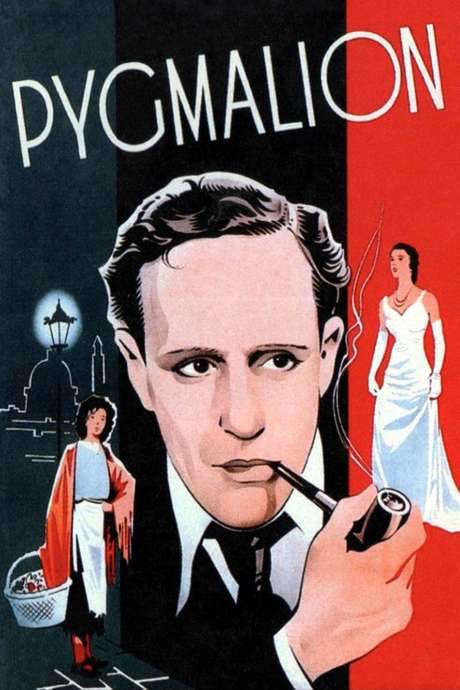
Pygmalion
Year: 1938
Runtime: 96 mins
Language: English
Director: Anthony Asquith
Professor Henry Higgins boasts he can turn Cockney flower girl Eliza Doolittle into a lady in six months, prompting Colonel Pickering to fund the wager through an agreement with her dustman father. Eliza moves into Higgins’s home for rigorous speech training, while other characters also undergo their own transformations.
Warning: spoilers below!
Haven’t seen Pygmalion yet? This summary contains major spoilers. Bookmark the page, watch the movie, and come back for the full breakdown. If you're ready, scroll on and relive the story!
Timeline & Setting – Pygmalion (1938)
Explore the full timeline and setting of Pygmalion (1938). Follow every major event in chronological order and see how the environment shapes the story, characters, and dramatic tension.
Last Updated: October 04, 2025 at 17:13
Main Characters – Pygmalion (1938)
Meet the key characters of Pygmalion (1938), with detailed profiles, motivations, and roles in the plot. Understand their emotional journeys and what they reveal about the film’s deeper themes.
Last Updated: October 04, 2025 at 17:13
Major Themes – Pygmalion (1938)
Explore the central themes of Pygmalion (1938), from psychological, social, and emotional dimensions to philosophical messages. Understand what the film is really saying beneath the surface.
Last Updated: October 04, 2025 at 17:13
Unlock the Full Story of Pygmalion
Don't stop at just watching — explore Pygmalion in full detail. From the complete plot summary and scene-by-scene timeline to character breakdowns, thematic analysis, and a deep dive into the ending — every page helps you truly understand what Pygmalion is all about. Plus, discover what's next after the movie.
Pygmalion Summary
Read a complete plot summary of Pygmalion, including all key story points, character arcs, and turning points. This in-depth recap is ideal for understanding the narrative structure or reviewing what happened in the movie.



